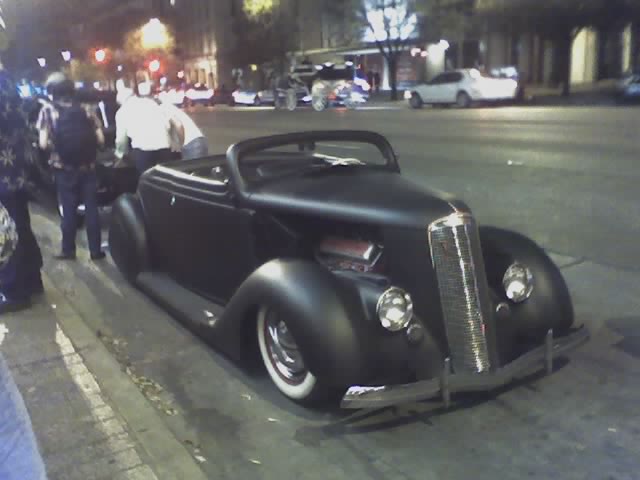By the time Brooks Palmer's first book fell in my lap, I didn't need anyone to tell me that my problem with clutter wasn't the stuff itself. I knew full well that the crap I couldn't seem to keep myself from accumulating was connected to circuitry gone awry—that I was collecting things to fill emotional holes or wall off feelings or otherwise protect myself from perceived danger. But I did need someone to say it to me differently, in a way that I could finally begin to hear it. Simply, as it turns out, and with gentleness and compassion. Over and over. And over.
This is how Brooks (once a mysterious angel, now a first-name, real-life friend) works, both on the page and in person. It seems almost too simple at first—that by sitting down and bringing your attention to objects, one item at a time, you could simultaneously reduce the amount of useless stuff in your life and restore a sense of joy and hope. Until, an hour or two later, there is a carful of stuff on its way to Goodwill and the library and various other redistribution centers, and you are left in your little apartment, surrounded by freshly empty spaces and suffused with a surprising mix of energy and calm.
* * * * *
Which brings us to Clutter Busting Your Life and an obvious question: if the first book worked, why another? If the process is so simple to understand, why more pages to explain it? If your spaces remain relatively empty—or if you know what to do when they start becoming less so, and you do it—what could a second book really offer?
The answer, it turns out, is some insight into handling clutter where it intersects—and interferes with—relationships. Because while determining whether an object that is yours alone should stay or go is a straightforward process, dealing with other people's stuff—a partner's, a child's, a parent's, a friend's—is fraught. And unless we wall ourselves off from the world (a sad and horrible prospect), we are always, always dealing with other people's stuff.
Not to mention their "stuff". Because to further complicate matters, it is not just someone's actual, physical stuff that can become clutter to us, but our reactions to the stuff, and their reactions to our reactions, and so on. You cannot do a damned thing about anyone else's crap, but boy, can you ever complicate matters by your response to it: one person's magazine attachment or drawerful of half-empty toothpaste tubes can metastasize into everyone's full-blown marriage crisis if tended (im)properly.
So this book, then, is about arresting the escalation. It's about learning to removing the "clutter" in relationships—the fear and anger and frustration that accompanies all things buried, all decisions forestalled too long—so we can reconnect to each other. Which, yes, begins with reconnecting to ourselves.
Note: in the hands of your average self-helpster, navigation through this territory can get annoying and/or dangerous quickly. Again, Brooks Palmer's strength resides in his ability to keep things simple and focused. He addresses the levels of relationship one at a time, in order and through the lens of clutter, starting with our relationship with ourselves, then moving outward into our various relationships with others—current and workable, past, current and unworkable. There's a special chapter on clutter busting for two, but there are exercises throughout to help you with various aspects of the excavation process, emotional and physical, including a recap of basic clutter-busting technique for newbies or those needing a refresher course.
* * * * *
Full disclosure: if you get Brooks' new book, you will find a blurb from me on the inside front page. While "blurb" is a light, bouncy, almost throwaway word, I take blurbing very seriously. (Except as a verb. Then I laugh like a hyena, because "blurbing" sounds asinine.) Into my very serious blurb I inject one bit of hyperbole, about Brooks possibly being able to help us all clutter-bust our way to world peace. Which is probably an overstatement. There is a whole lot of clutter between us and achieving world peace.
I do believe, though, that on some level, this is holy work. Bringing ourselves back to connection with one another and the present moment is big stuff. That one road back might involve shedding a few things—and ideas, and behaviors—that no longer serve is really not such a far-fetched notion.
If it's your road, this might very well be your road map.
xxx c











 Outside of plain old good times, the chief feature of
Outside of plain old good times, the chief feature of  My chief issue with
My chief issue with 